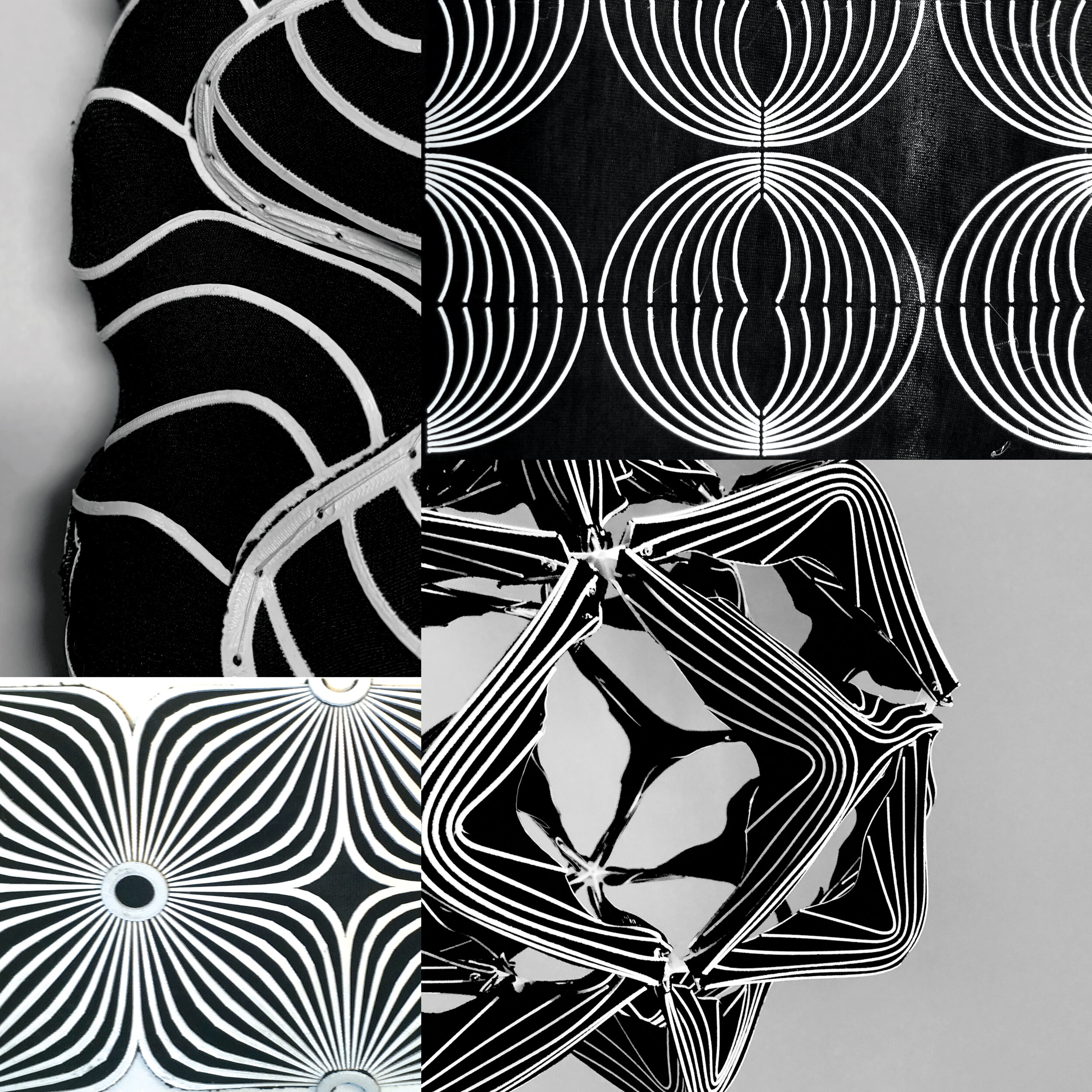Faculty: Negar Kalantar
Date: Spring 2020
Research conducted under tranSTUDIO 2020 | Adaptive Thought, Design, and Fabrication
INTRO
In the field of sustainable design, transformability is important in actively responding to ambient conditions while also meeting the needs of occupants and addressing issues of building performance. While contemporary architecture is interested in motion, there is a lack of a holistic approach which puts the student designer at a loss. “Adaptive Thought, Design and Fabrication” aims to address a comprehensive transformable design methodology to more effectively educate interior design students on transformability.
BRIEF
This studio focused on Adaptable Design/Space with full-scale prototyping. The Studio pursues (1) methods for interrogating digital platforms within the context of innovative transformable building space that demonstrates morphological changes; (2) an interdisciplinary team approach that encourages students to engage with emerging digital tools for adaptable architecture and design; (3) conversations between advanced fabrication tools and the design assumptions based on such tools; (4) the inherent properties of materials in exploring the development of transformable space; (5) the principles, theories, and applications that govern creative thought, from the formation of motion through the creation of a physical environment.
Additive Manufacturing
Over the past several decades, digital fabrication technologies including additive methods (such as 3D printing) have permeated and transformed many aspects of interior design, architecture, fashion, and other design disciplines across the globe. Additive manufacturing, or the deposition of material to form a desired 3D structure through the sequential formation of the structure’s cross-sectional layers, constitutes a historical turning point and illuminates the future of design. Likewise, such technology allows for the enhancement and extension of innovative practices within the related industries in the decades to come. Importantly, additive manufacturing can inspire and support an original voice for designers and engineers seeking to create unique designs and quality products in ways never before possible.
Much more than a means of producing less waste than with reductive fabrication techniques, additive manufacturing allows designers to precisely create “unmakeable” shapes, structures, and geometries that previously were considered impossible. As a result, designers are increasingly taking advantage of the unprecedented development of additive manufacturing in ways that conventional manufacturing techniques are unable to accommodate. In design education, additive manufacturing, as the third industrial revolution, represents a potential change in the way students learn, in the way that they think, and in the way they solve problems. Additionally, the fast-changing world of additive manufacturing opens new design possibilities that did not exist only a few years ago, and as such it makes for an important addition to education in design.
Goal
This research intends to design a surface or volume that interacts with light using a specific method of fabrication. Aggregated geometries, assembly methods, scalar variation, tiling, symmetry, repetition, and differentiation were all methods of exploration. The main parameter driving the design Is how to design a 3-Dimensional structure out of a 2 Dimensional surface.
Approach
Ultimaker 3D printers with print beds limited to 8.8”X10.5”, at the Autodesk Technology Center, were used to explore two different techniques of 3D printing on fabric to add new dimensions to the material.
1- By printing a precise 2-dimensional pattern, a shape can self-transform after being released from the machine. By changing the pattern design and thickness of the 3D printed layer on stretched textiles, then released after printing, students explored how to design pre-programmed shapes out of two-dimensional design and fabrication process. The combination of stretch fabric and printed patterns offers both flexibility and stability.
2- By printing on the flexible materials (Fabric), rigidity is added to specific locations. By distributing flexibility and rigidity on a surface, different pre-designed shapes out of 2d surfaces are explored.
Process
Study Models: A series of physical study models were developed to better understand the logic of transformation.
Final Working Prototype: After the exploration with study models, a final working prototype was developed to express new potentials of three-dimensionality with attention to form and surface qualities that the printed fabric produced.

















